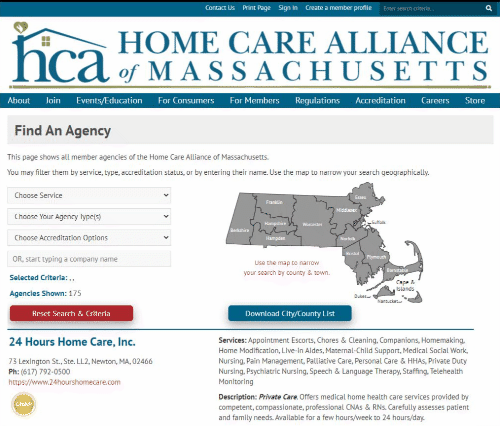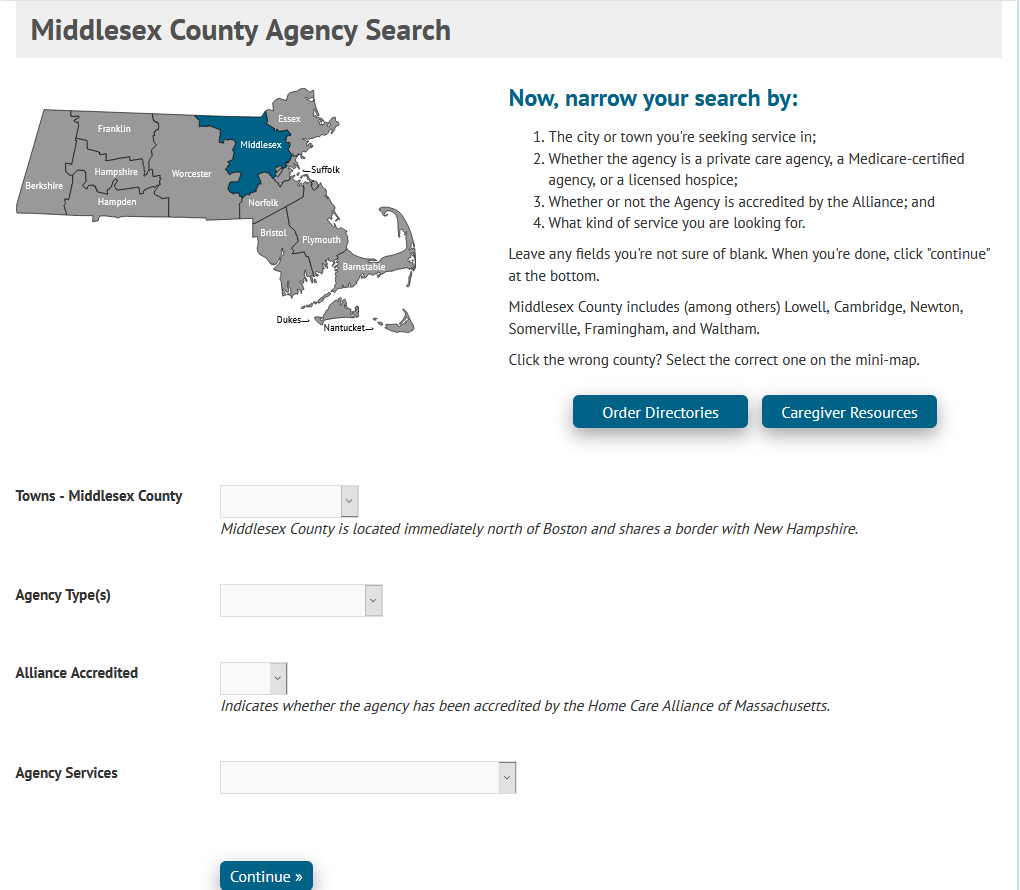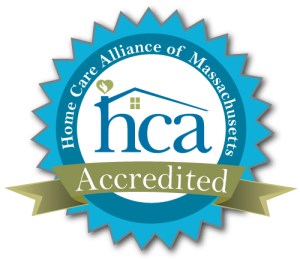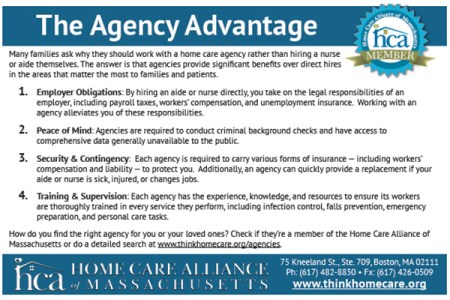The Massachusetts Hospital Association (MHA), Organization of Nurse Leaders of MA, RI, NH & CT (ONL) and Home Care Alliance of Massachusetts have publicly posted the latest available key national care quality performance measures for both hospitals and home healthcare agencies in Massachusetts. Data from Medicare’s Hospital Compare and Home Health Compare are now available on the PatientCareLink website for 77 Bay State hospitals and 89 Bay State home health agencies.
Reported measures for hospitals include best practices for heart attack or chest pain, heart failure, pneumonia care, influenza prevention, surgical care improvement, stroke care and blood clot prevention and treatment. For home care agencies, the reported measures include timely initiation of care, patient/family medication education, depression assessment, and more.
To view the updated reports, visit www.patientcarelink.org and click on the “Healthcare Provider Data” tab and then either the “Hospital Data” or “Home Health Agency Data” link, then “Individual Hospital Performance Measures” or “Select an Agency.”
The home health agency reports now incorporate data for the period June 2014 – July 2015 for all measures, and the hospital reports cover April 2014 – March 2015. In addition to each facility’s individual performance, the PCL pages also provide a comparison to state and U.S. “peer” facility averages.
“Providing high quality, safe patient care is a top priority for Massachusetts hospitals,” said Pat Noga, PhD, RN, Vice President of Clinical Affairs for MHA. “Our hospitals are also committed to publicly posting important quality and staffing information to provide patients and caregivers alike additional confidence in their care.”
Patricia Kelleher, Executive Director of the Home Care Alliance of MA, added that the partnership between hospitals and home health agencies on PCL furthers positive working relationships along the entire continuum of care, which can only improve patient safety and quality overall.
“Choosing in-home services can be a daunting task and that’s why we’re proud that PatientCare Link (PCL) website allows patients and their families to find high-quality care in the home setting that fits their needs,” Kelleher said. “PCL includes Medicare-approved agencies that meet certain federal health and safety requirements, and provides patients, caregivers, and families the tool to easily access home health agency quality data to take control of their care and their health.”
Massachusetts was the first state to voluntarily make hospital staffing and nursing-sensitive quality information public starting in 2006. Home Care Alliance of Massachusetts joined the PCL quality and patient safety transparency effort in 2013. The PatientCareLink website is a great resource and gives patients an open and transparent view of the hospitals providing them care.
Hospitals and home care agencies welcome transparency about their performance when performance measures are grounded in good science and are designed to make fair comparisons across institutions. Publicly reported performance data can offer several benefits, including:
- Offering useful information for making decisions about where to obtain healthcare
- Helping healthcare professionals and institutions improve the care they deliver; and
- Providing extra motivation to improve performance.
Return to www.thinkhomecare.org.









